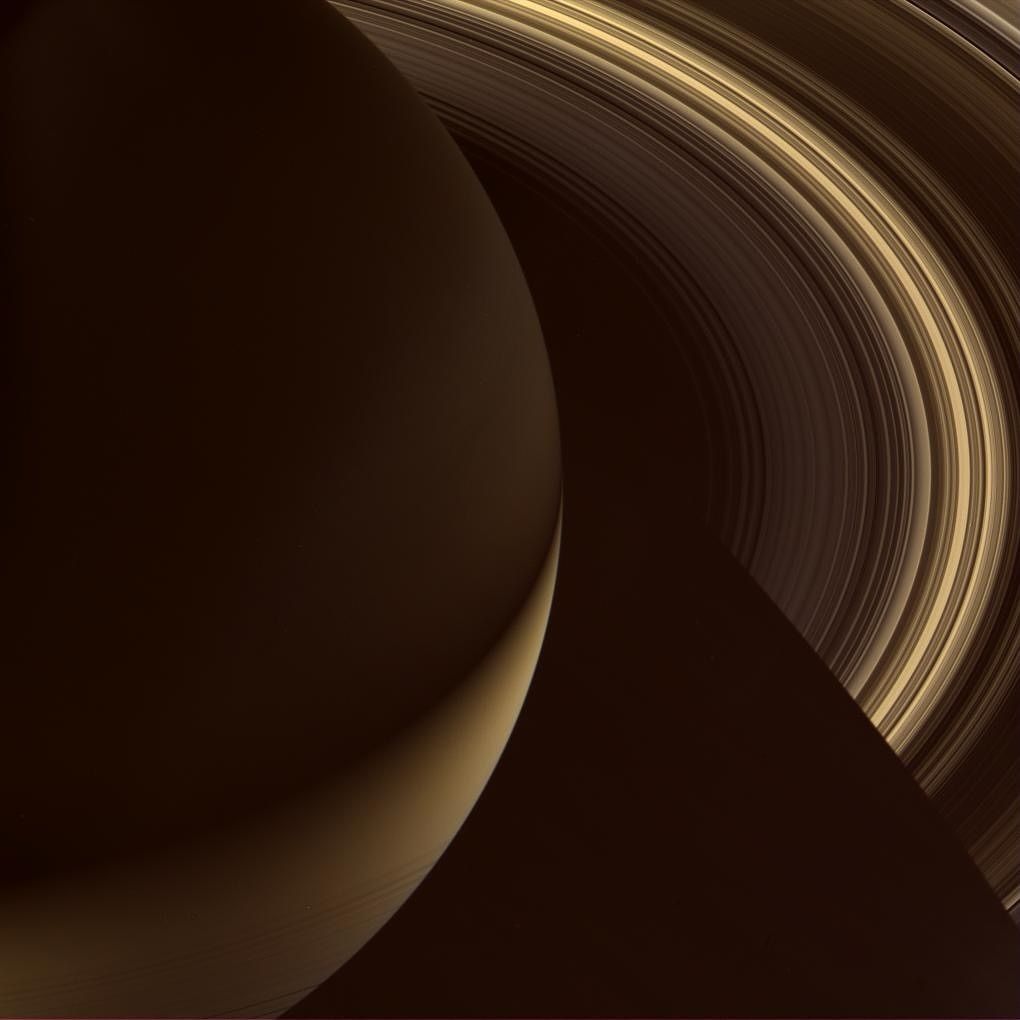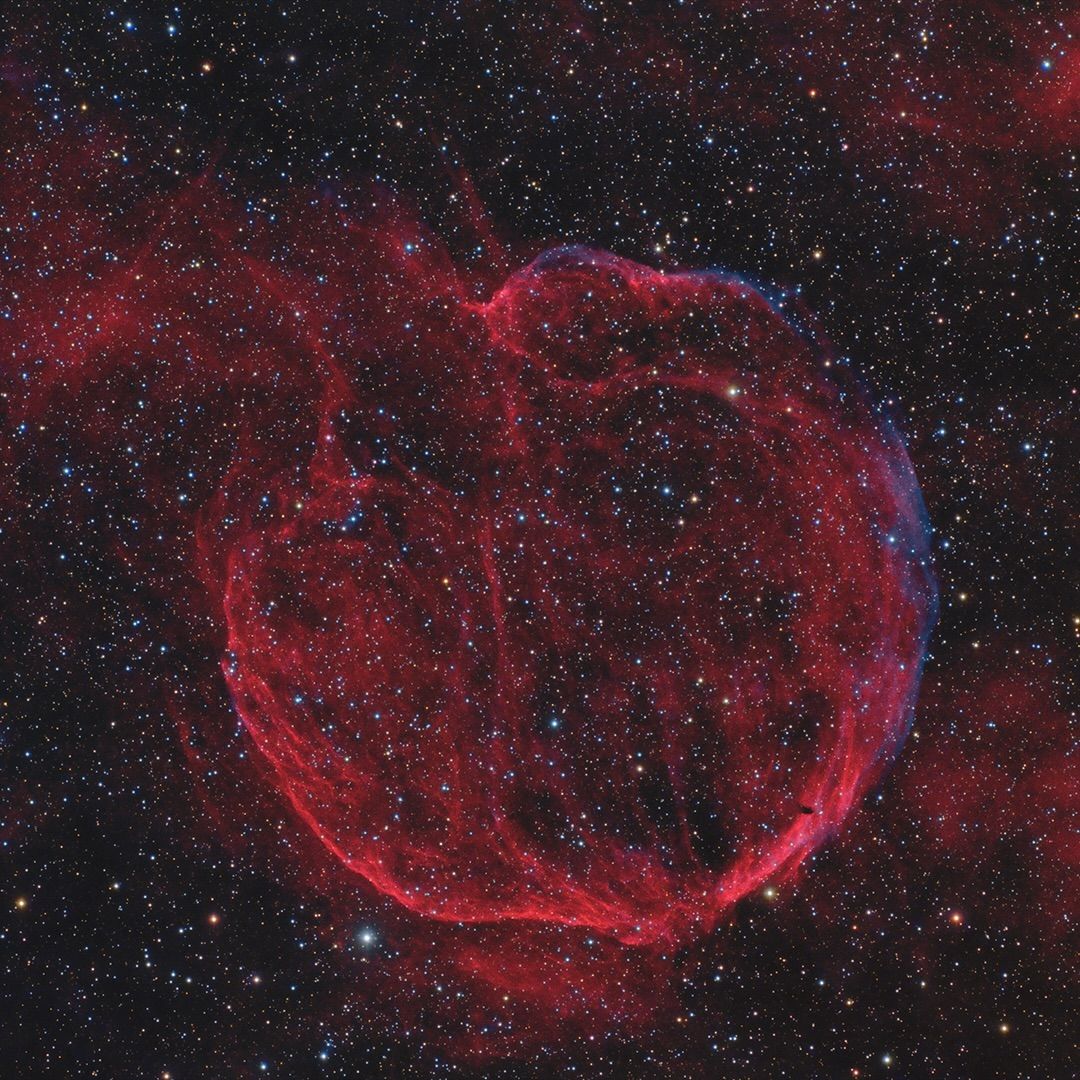Exploring the universe 

-
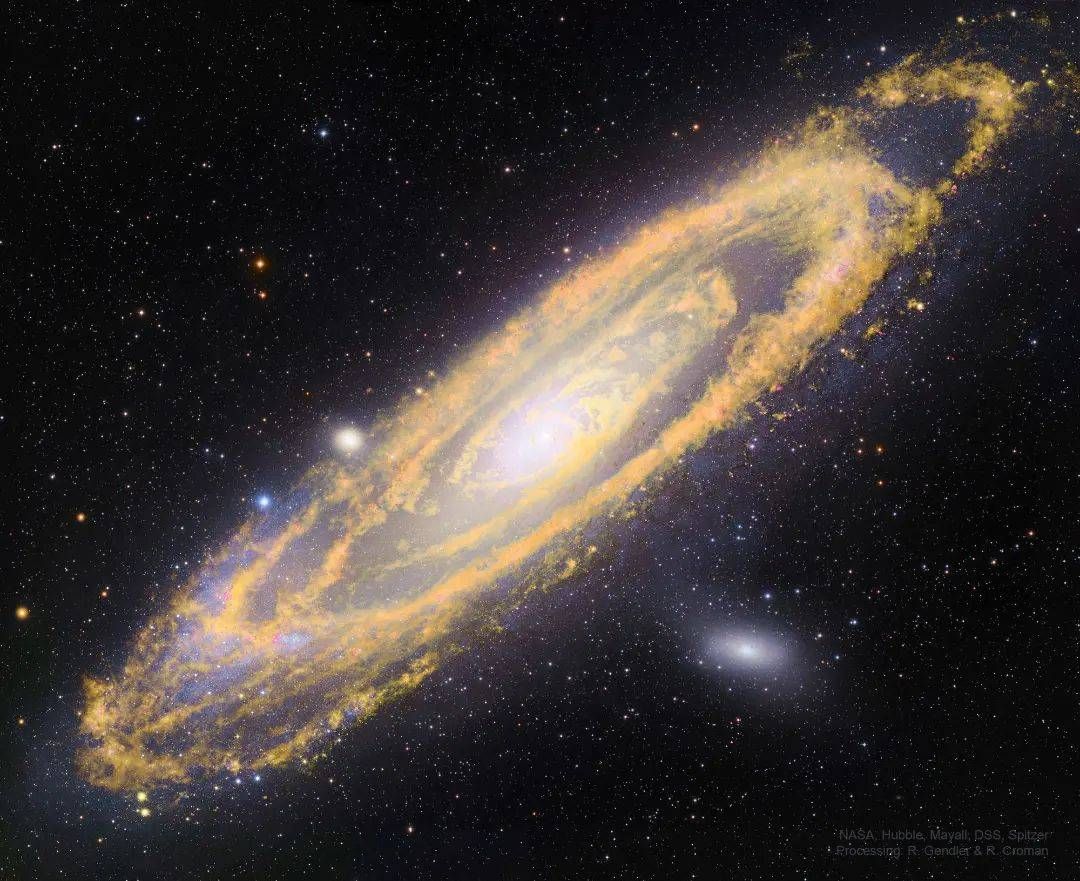
ستارههای اکنون و آینده آندرومدا
این تصویر از آندرومدا نه تنها مکان ستارههای در حال حاضر، بلکه مکان ستارهها در آینده را نیز نشان میدهد. کهکشان زیبا و بزرگ آندرومدا، M31، یک کهکشان مارپیچی بزرگ در فاصله دو و نیم میلیون سال نوری از ماست. تصویری که میبینید ترکیبی از تصاویر رصدخانههای زمینی و فضایی از کهکشان آندرومدا است که یکی از آنها در طول موجهای مرئی و دیگری بیرون از طیف مرئی است. نور مرئی که ستارههای امروز آندرومدا را نشان میدهد، توسط تلسکوپهای هابل، سوبارو و مایال تهیه شده است. طول موج فروسرخ که محل تولد ستارگان آینده را با رنگ نارنجی نشان میدهد، توسط تلسکوپ فضایی اسپیتزر ناسا به دست آمده است. طول موج فروسرخ در واقع نور خطوط عظیمی از غبار را نشان میدهد که به وسیله ستارهها گرم شدهاند. این غبار در واقع خود ردی از گاز میانستارهای پهناور آندرومدا است که در مواد خام ستارههای آینده هستند. این ستارگان جدید در طی چندصد میلیون سال آینده متولد خواهند شد، این زمان بسیار قبل از 5 میلیارد سال آینده است که کهکشان راه شیری و آندرومدا با یکدیگر برخورد و ادغام خواهند شد

-
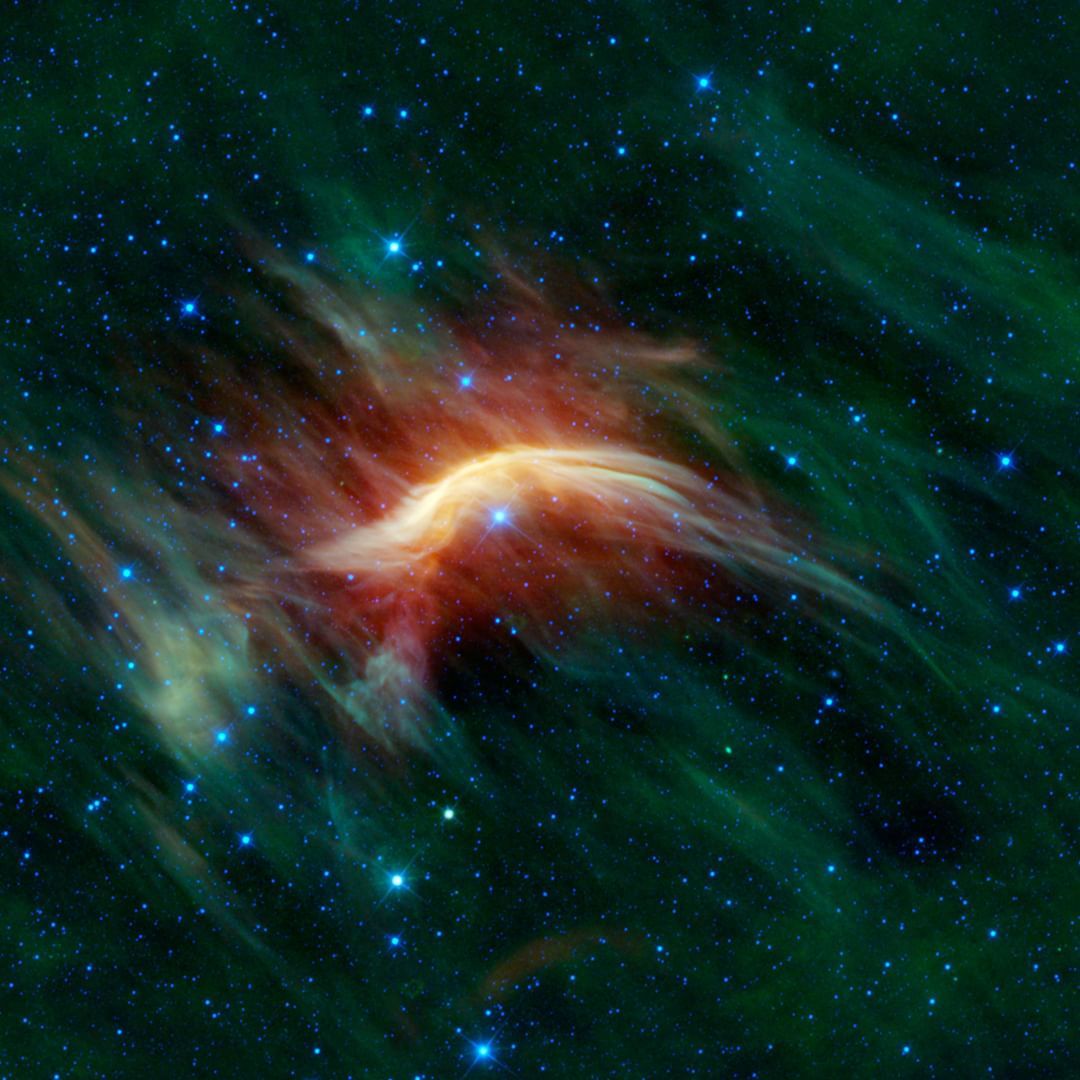
After 14 years in orbit, our NEOWISE mission is ending on July 31. But before it specialized in hunting for near-Earth objects, it first scanned the entire infrared sky as WISE! To celebrate WISE's legacy, here's one of our favorite discoveries.
This 2010 image shows a hot, massive star called Zeta Ophiuchi plowing through a large cloud of dust and gas at a whopping 54,000 miles per hour! Why is it traveling so fast? Its companion, an even heftier star, exploded in a supernova, sending Zeta Ophiuchi zipping away.
Credit: NASA/JPL-Caltech/UCLA
Image description: The hot blue star Zeta Ophiuchi creates a striking bow shock in the surrounding dust clouds in this infrared image from NASA's Wide-field Infrared Survey Explorer. The dark backdrop is speckled with blue stars of varying sizes. Above one of the more prominent stars, near the center of the image, is a glowing curved shape with layers of wispy reddish-orange and yellow ribbons. Fainter green clouds ripple across nearly the entire image.
source: nasauniverse on instagram
-

This time-lapse movie of the Crab Nebula, made from NASA Hubble Space Telescope observations, reveals wave-like structures expanding outward from the "heart" of an exploded star. The waves look like ripples in a pond. The heart is the crushed core of the exploded star, or supernova. Called a neutron star, it has about the same mass as the sun but is squeezed into an ultra-dense sphere that is only a few miles across and 100 billion times stronger than steel. This surviving relic is a tremendous dynamo, spinning 30 times a second. The rapidly spinning neutron star is visible in the image as the bright object just below center. The bright object to the left of the neutron star is a foreground or background star. The movie is assembled from 10 Hubble exposures taken between September and November 2005 by the Advanced Camera for Surveys.
NASA and ESA, Acknowledgment: J. Hester (Arizona State University)


 |
| شعردانه
شعردانه

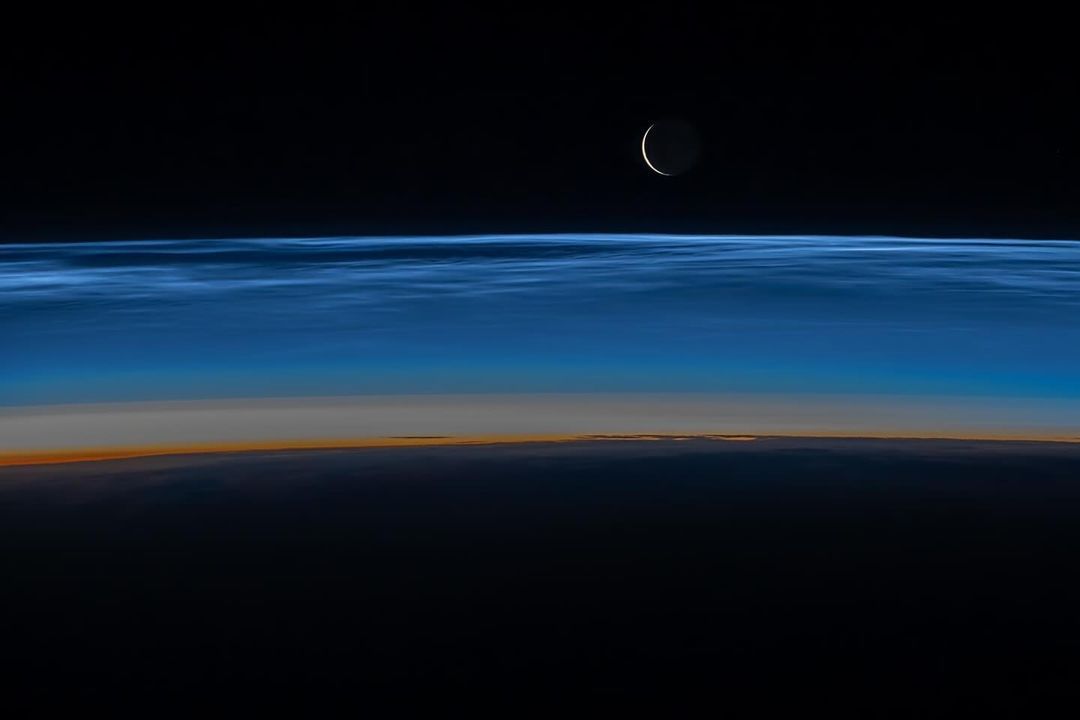
 Dancing in the moonlight
Dancing in the moonlight
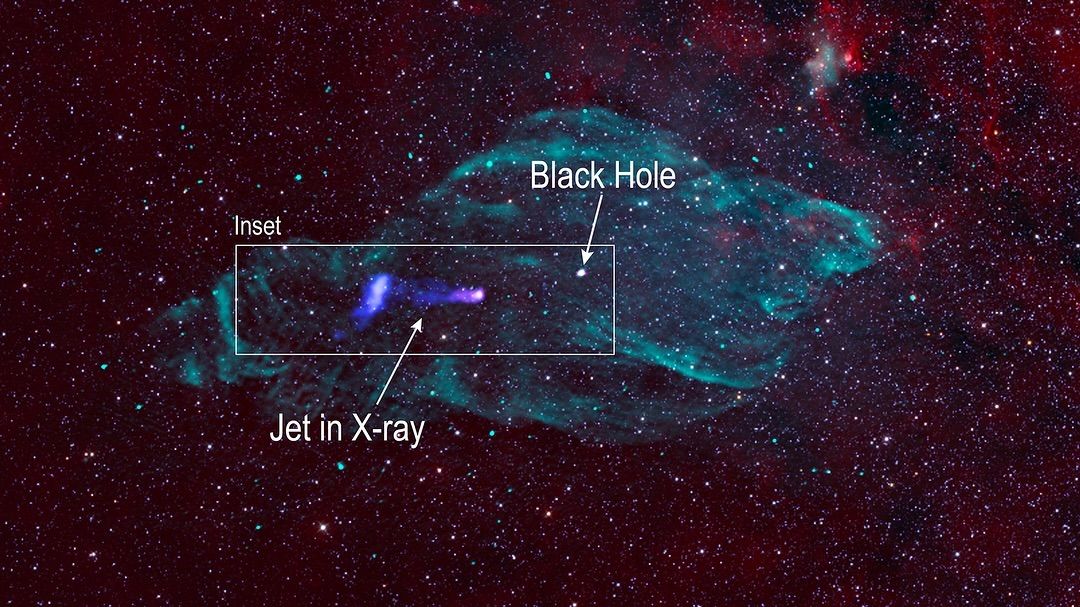
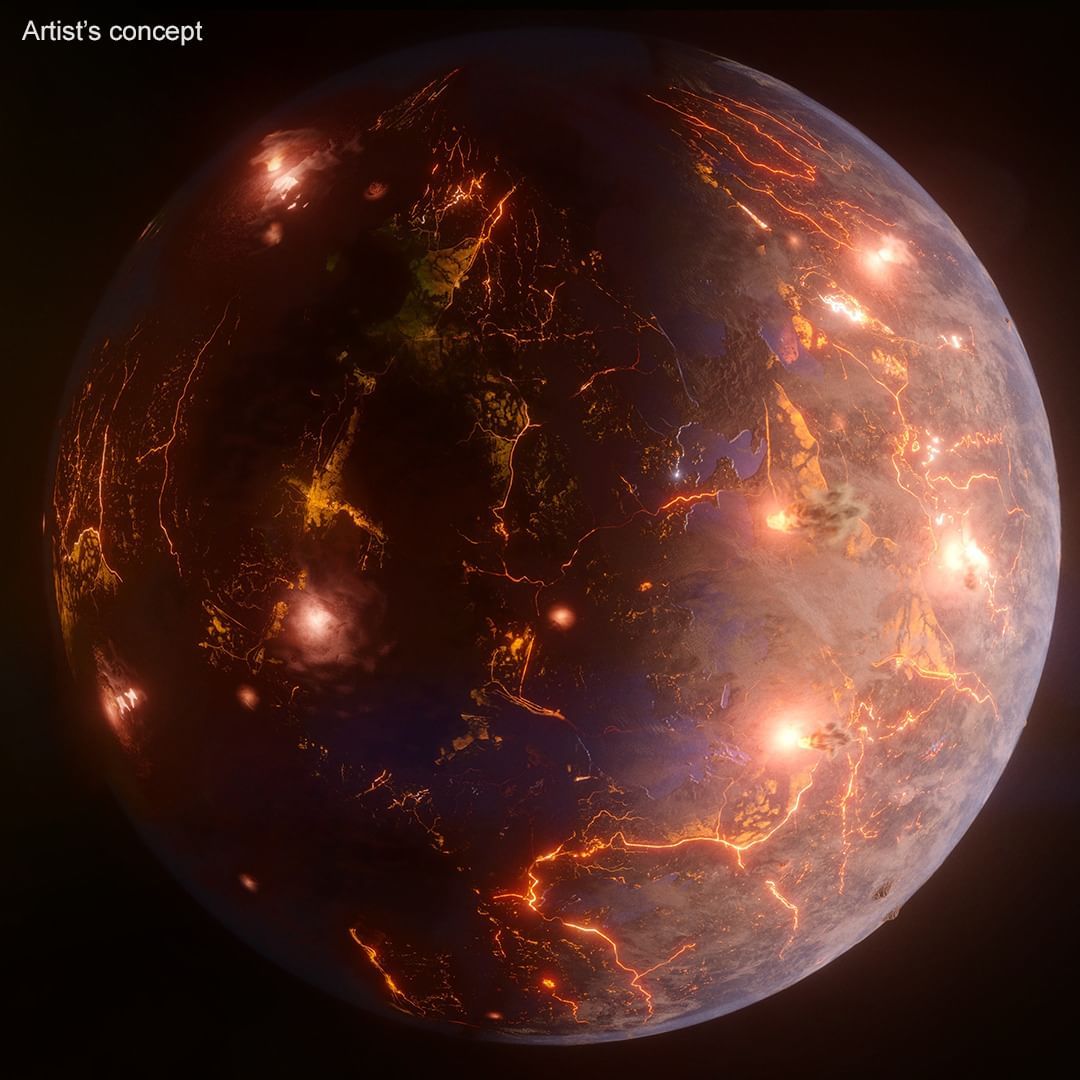

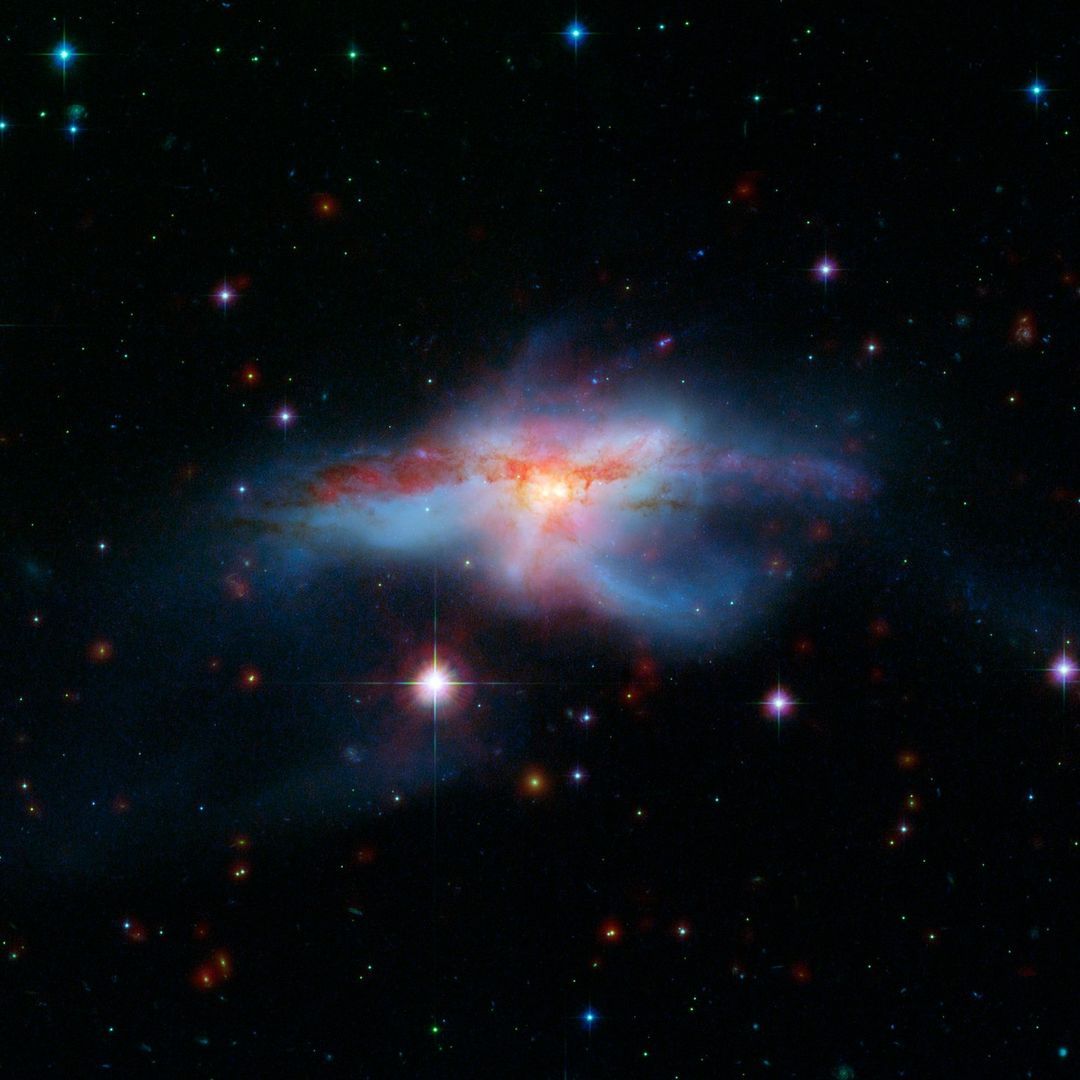
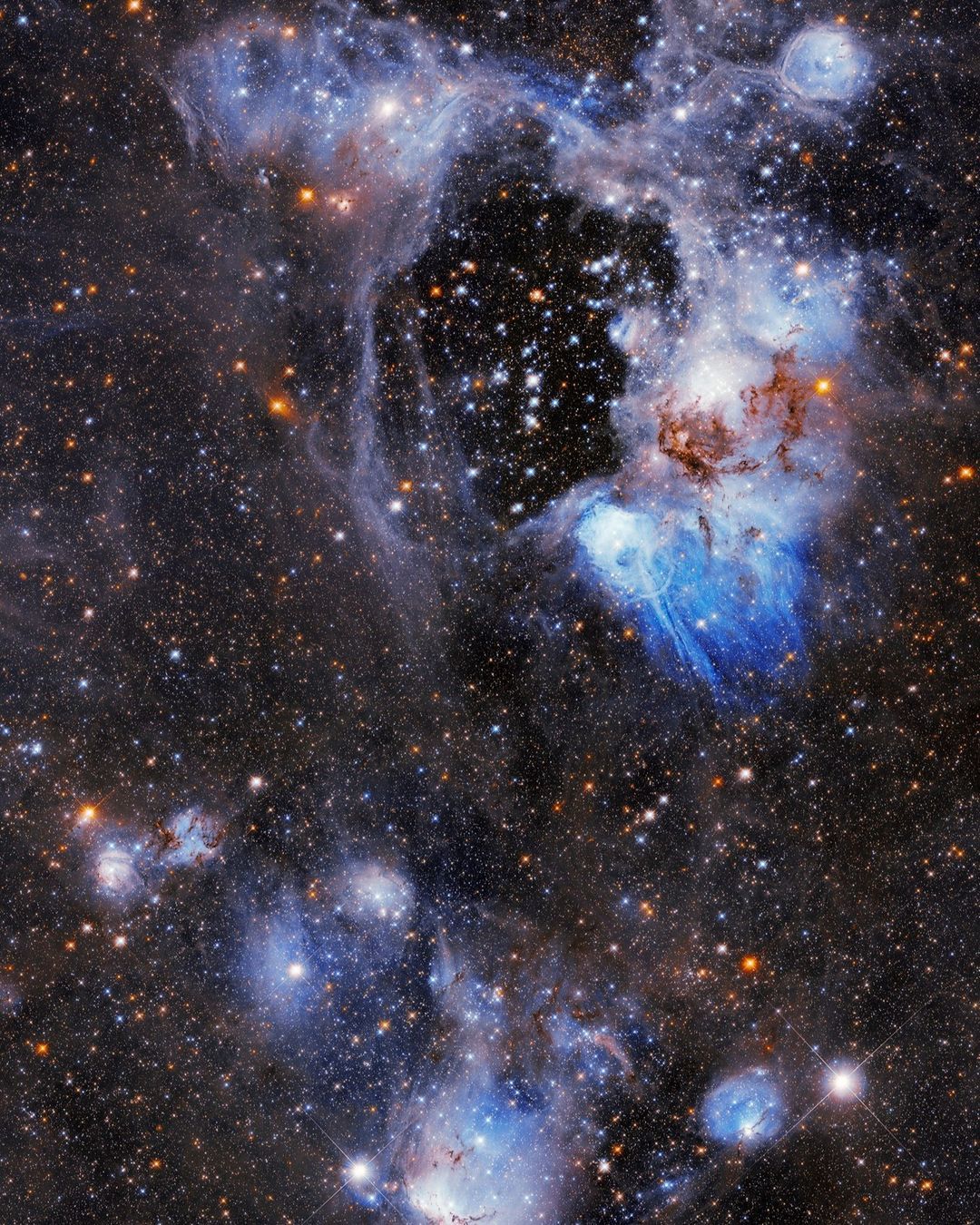
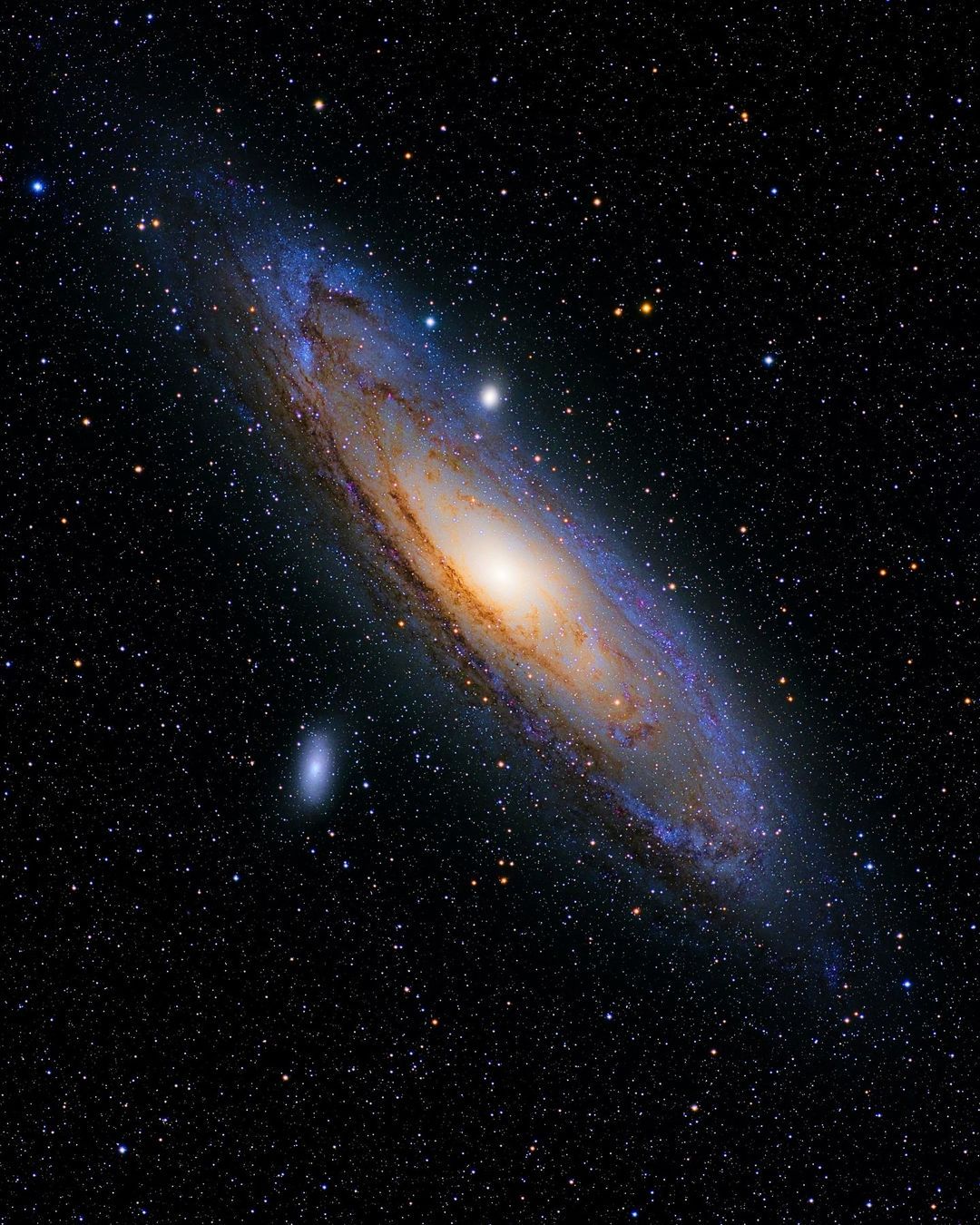
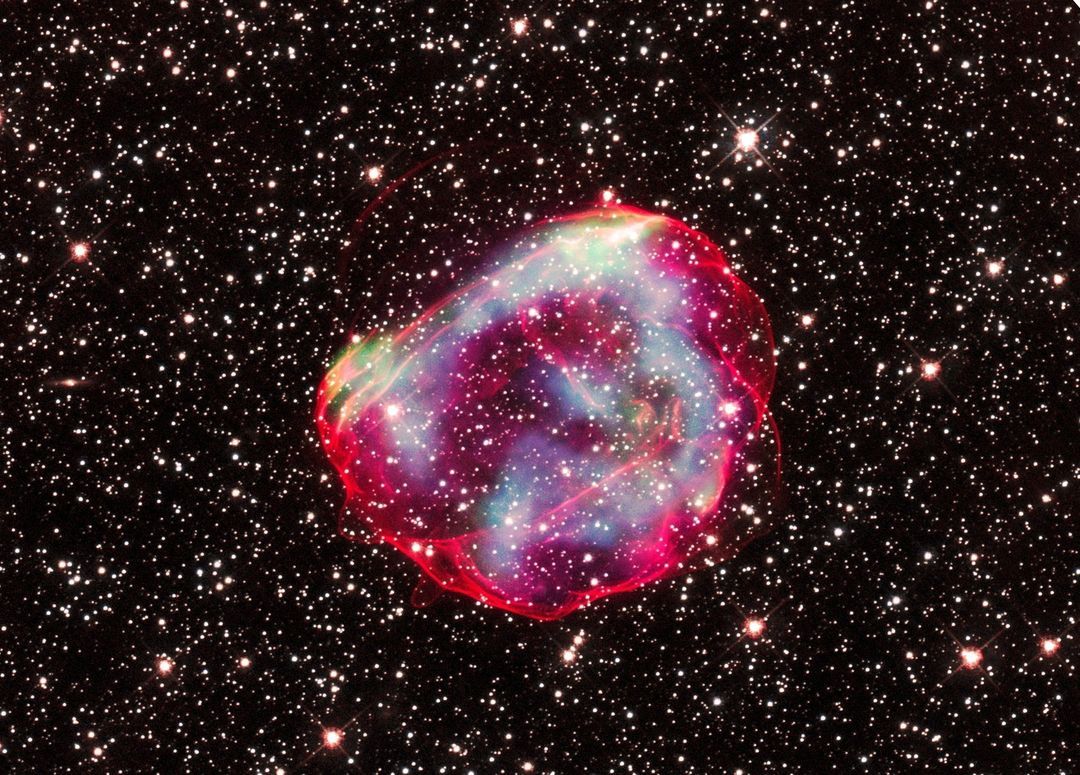
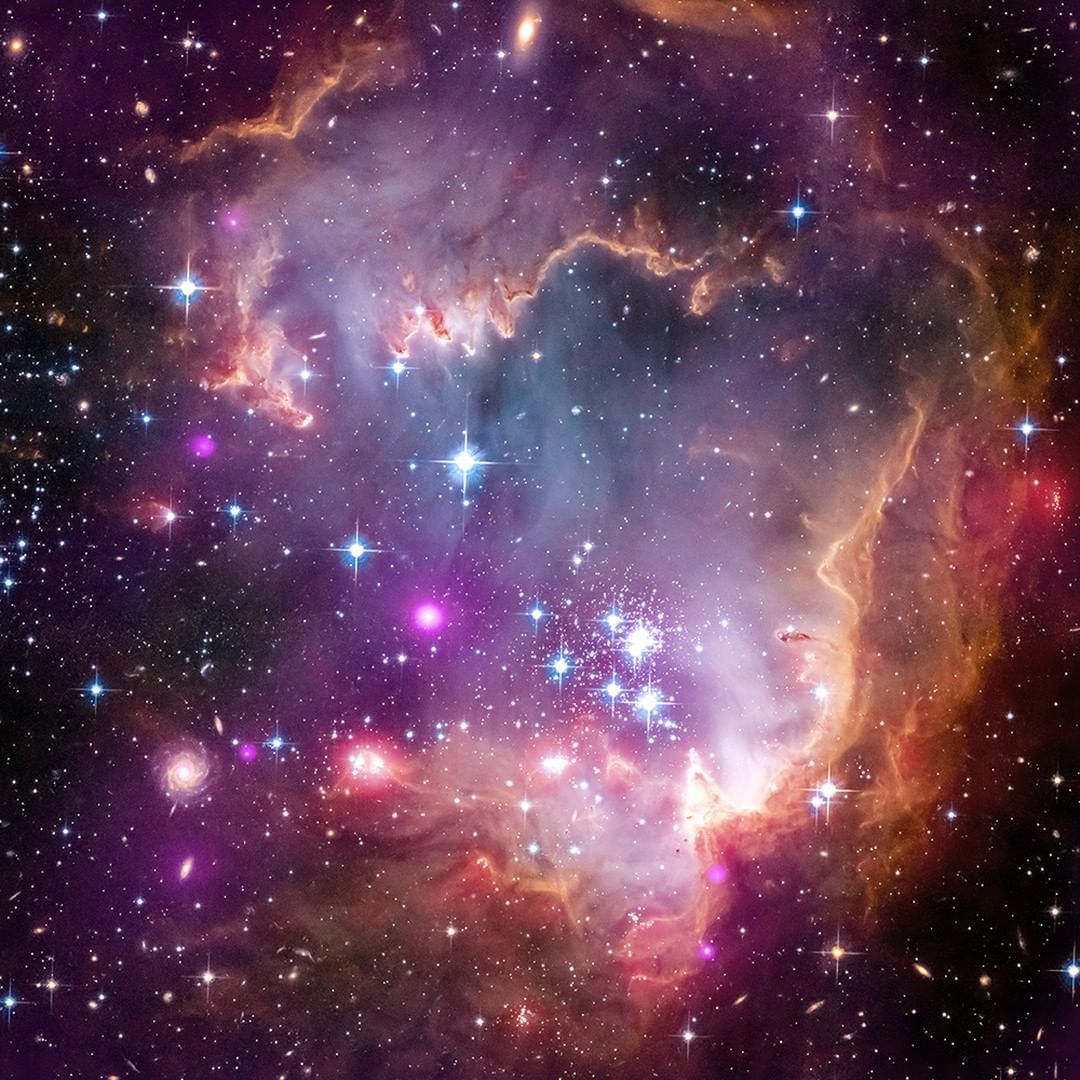
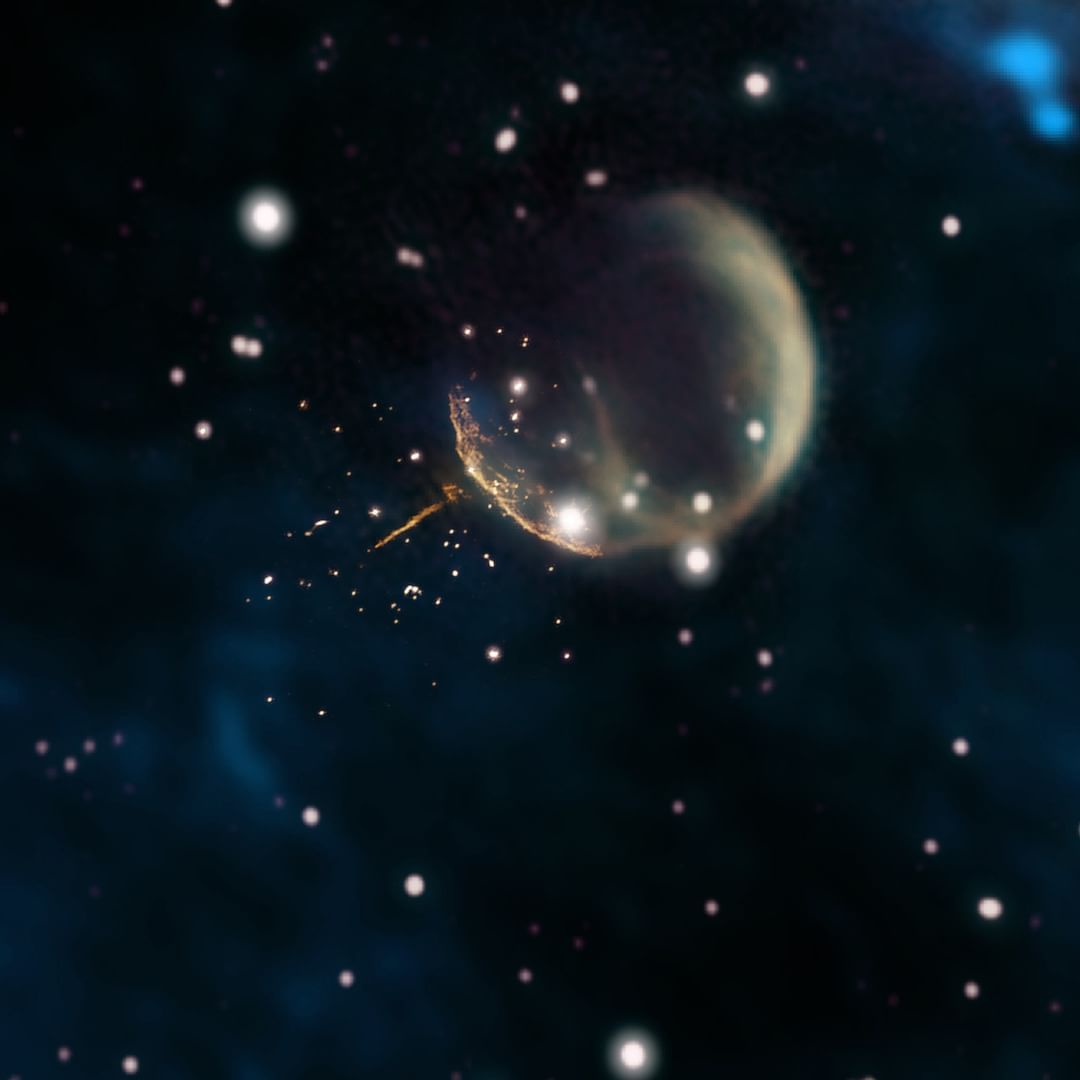
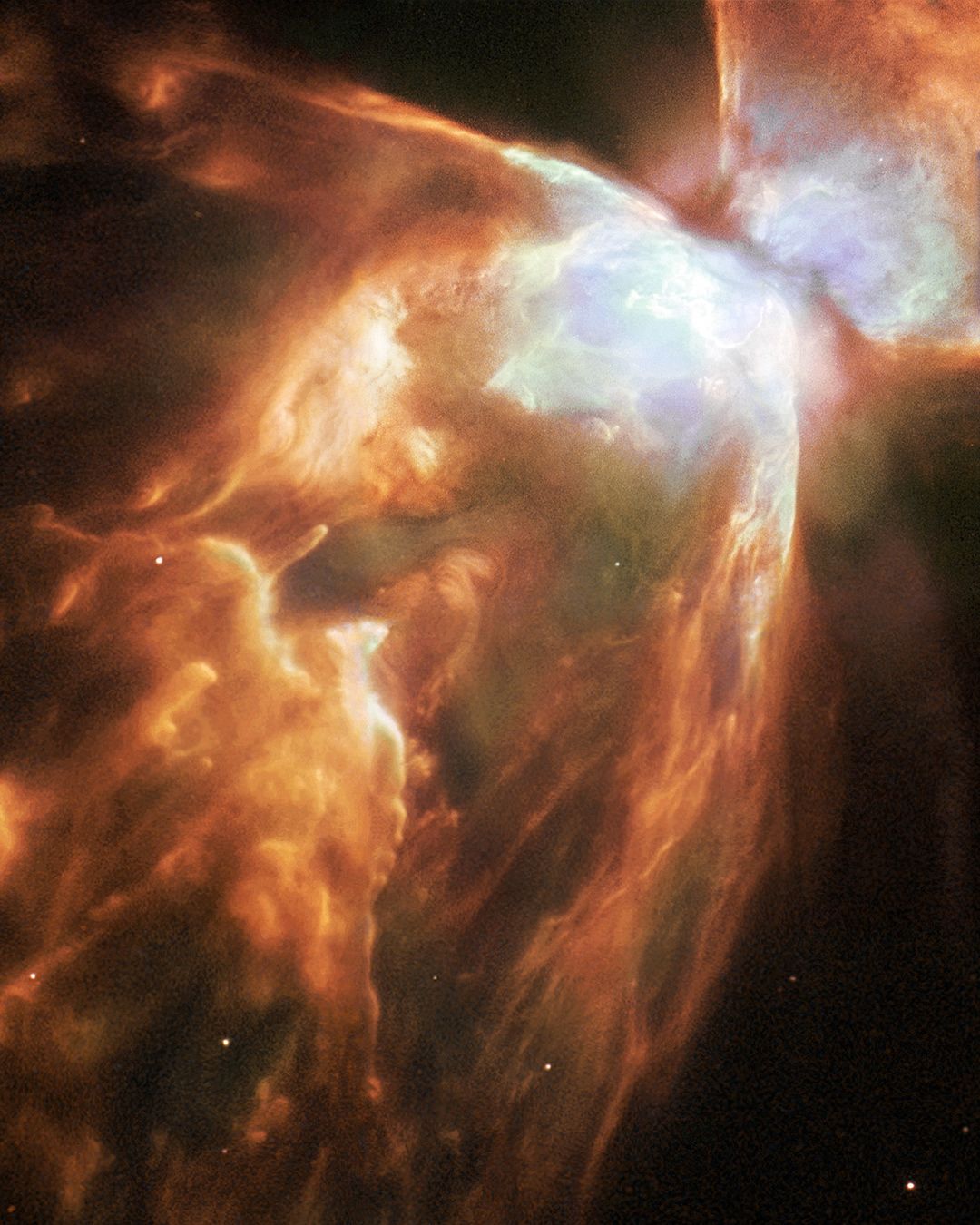
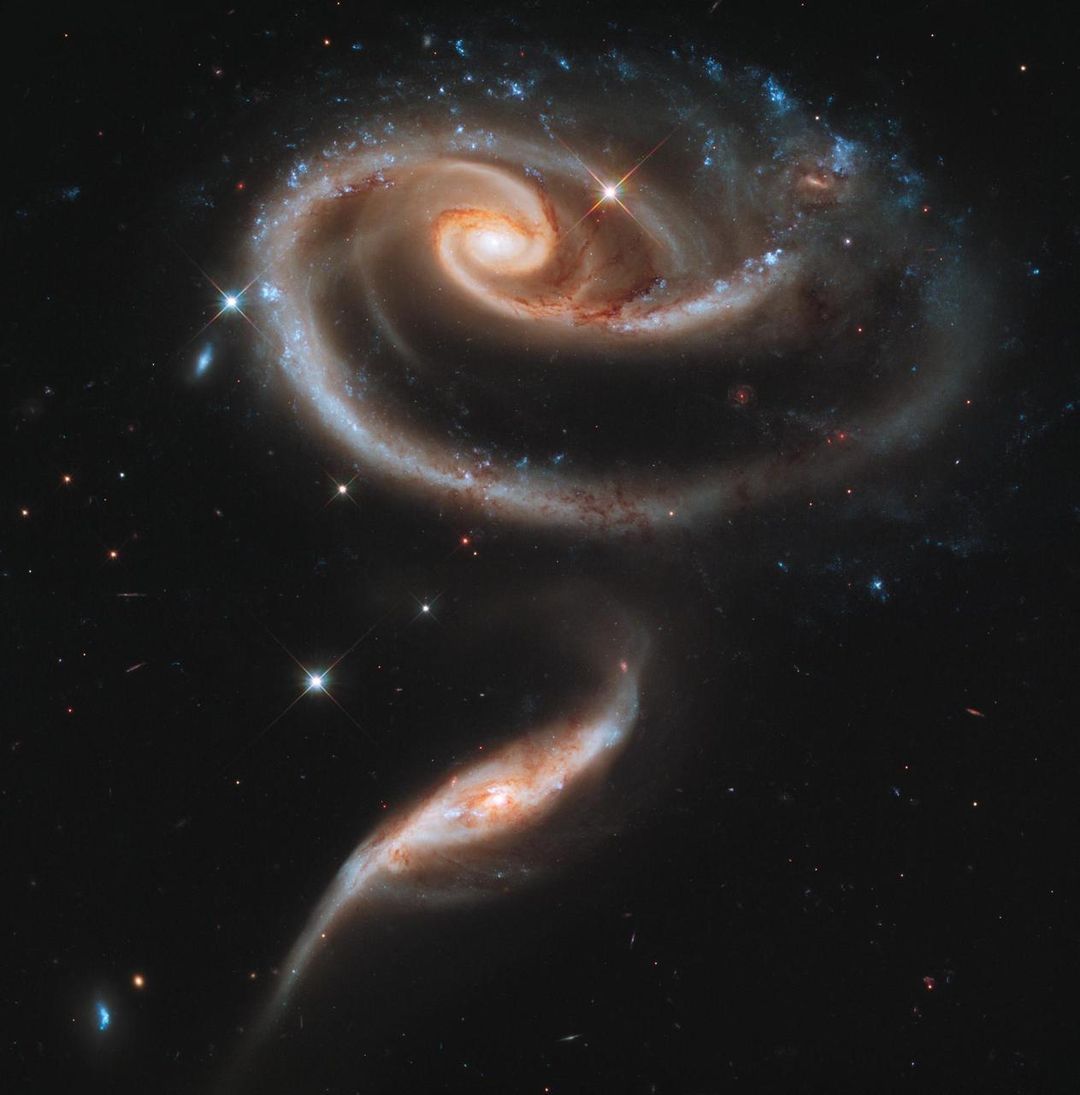
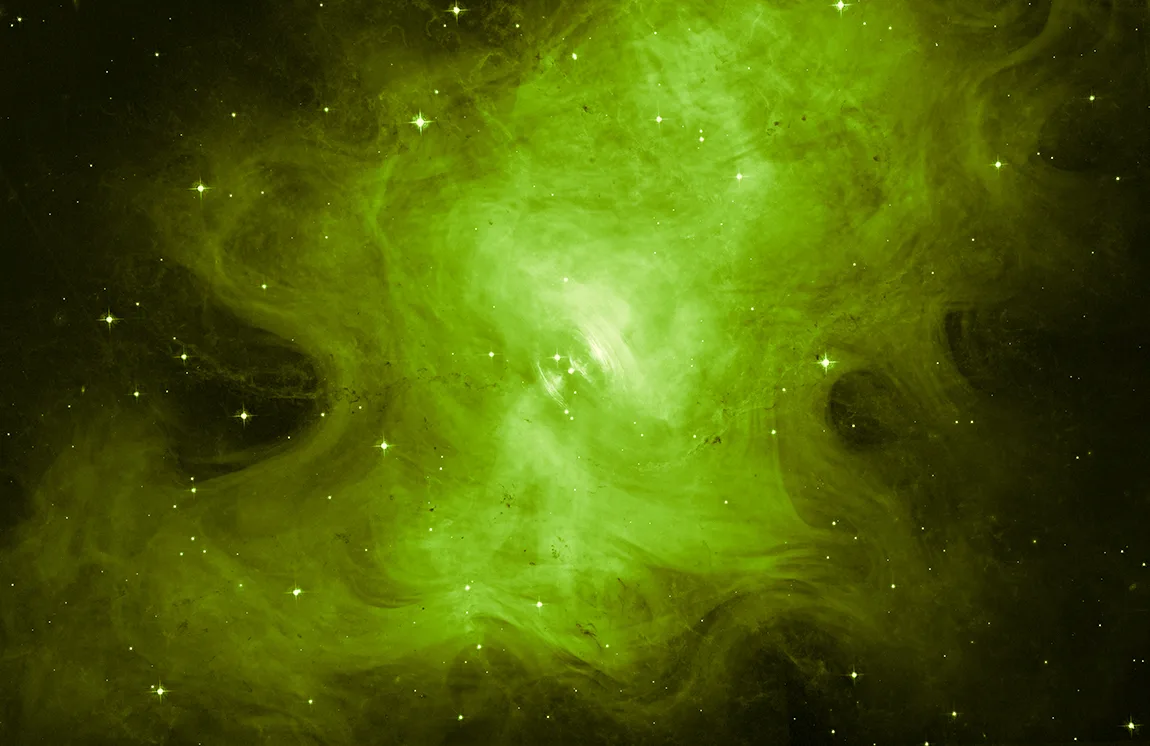
 We think the apple's rotten right to the core
We think the apple's rotten right to the core